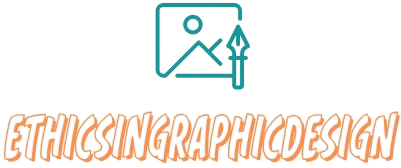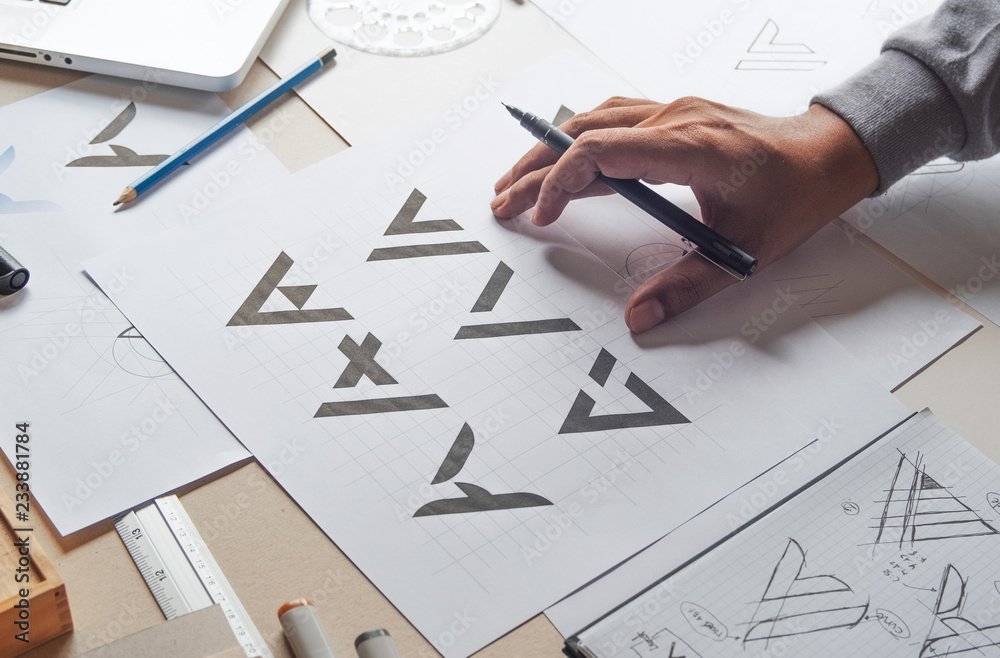How to Design for E-commerce Websites
Designing a captivating and user-friendly e-commerce website is crucial for attracting customers, establishing credibility, and increasing sales. In this guide, we will explore essential tips and best practices to create an effective e-commerce website that provides a seamless online shopping experience for visitors. Simple and Intuitive Navigation A user-friendly navigation system is key to guiding









